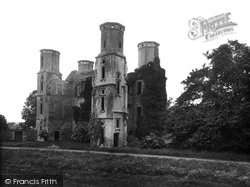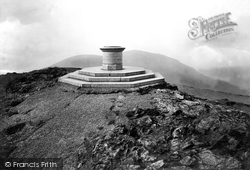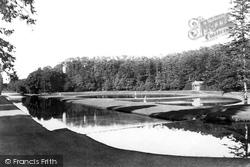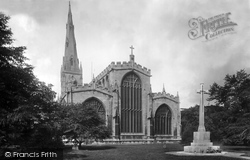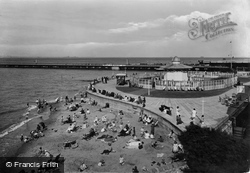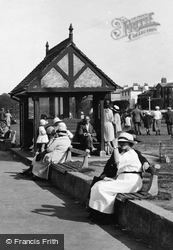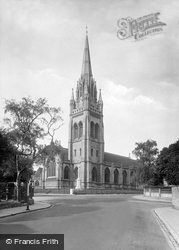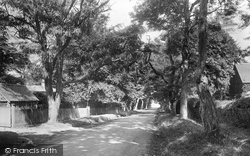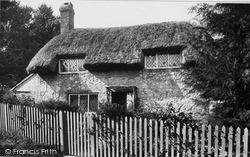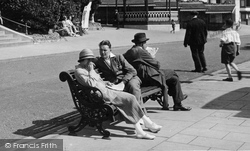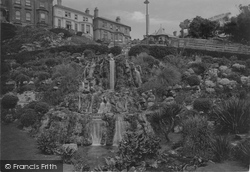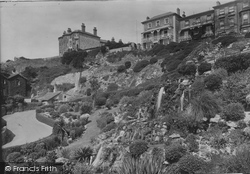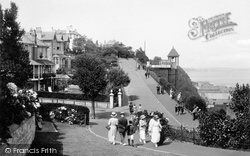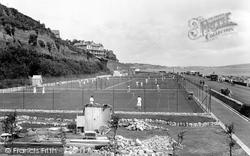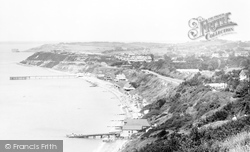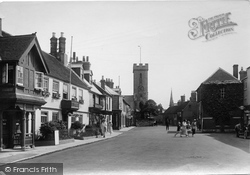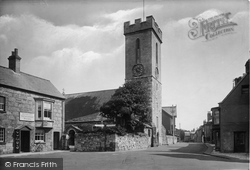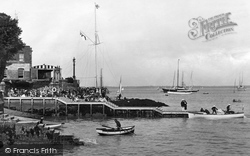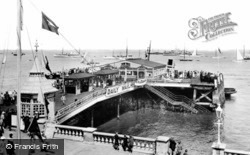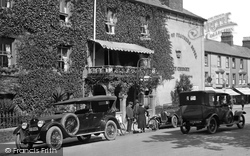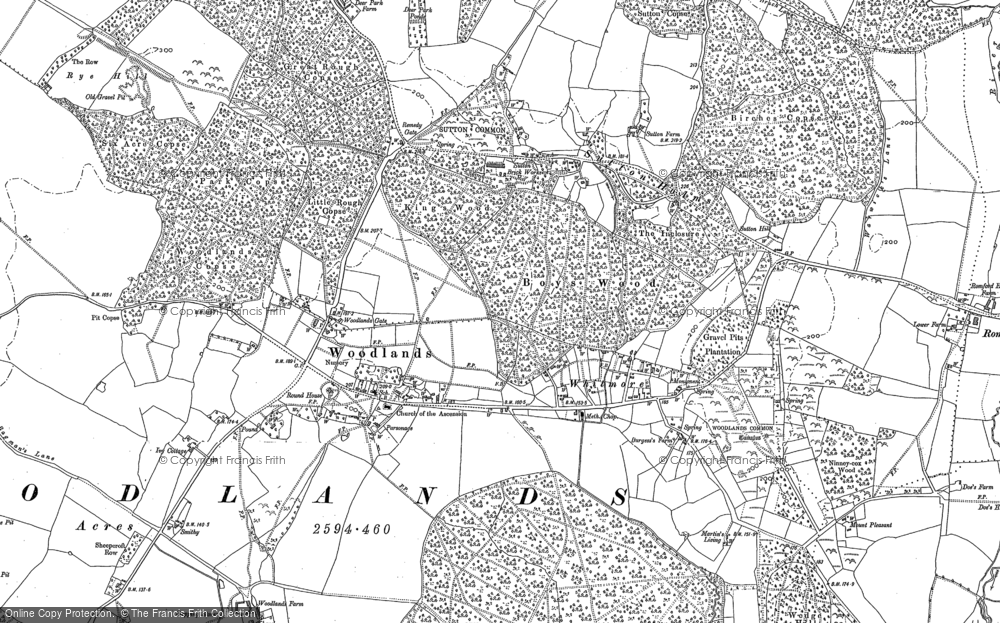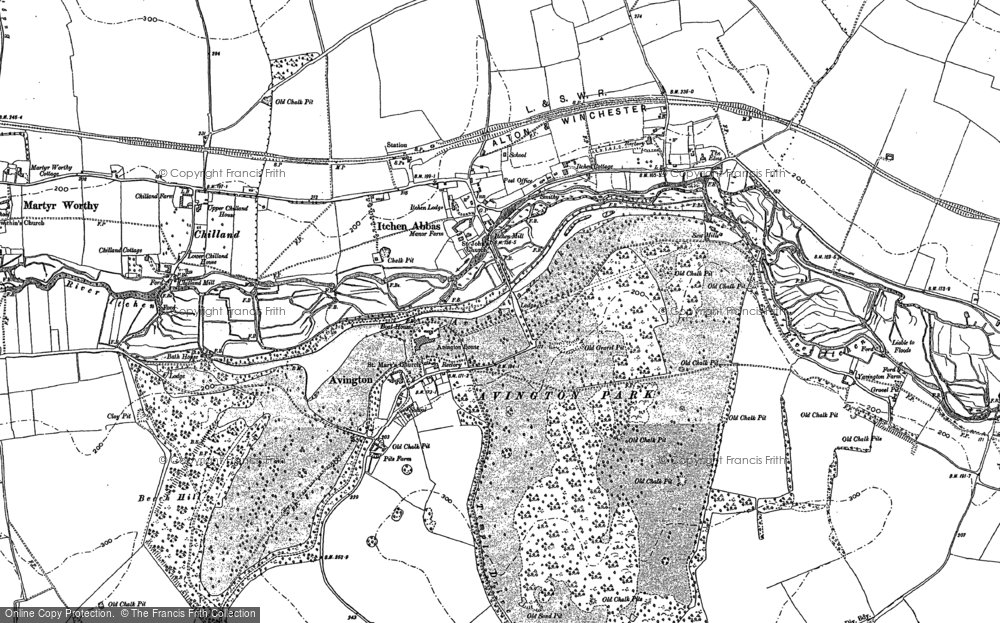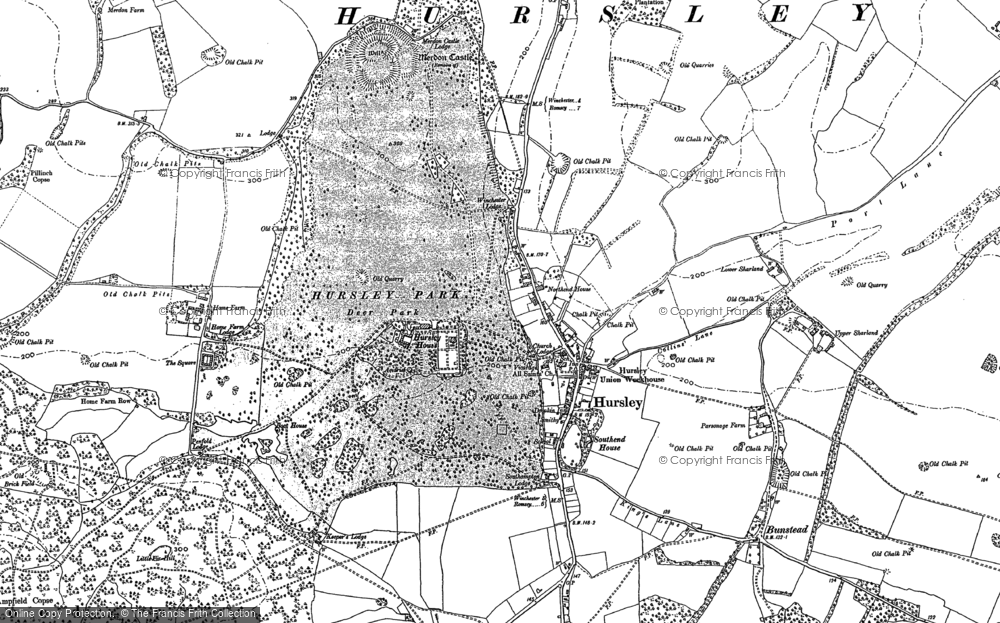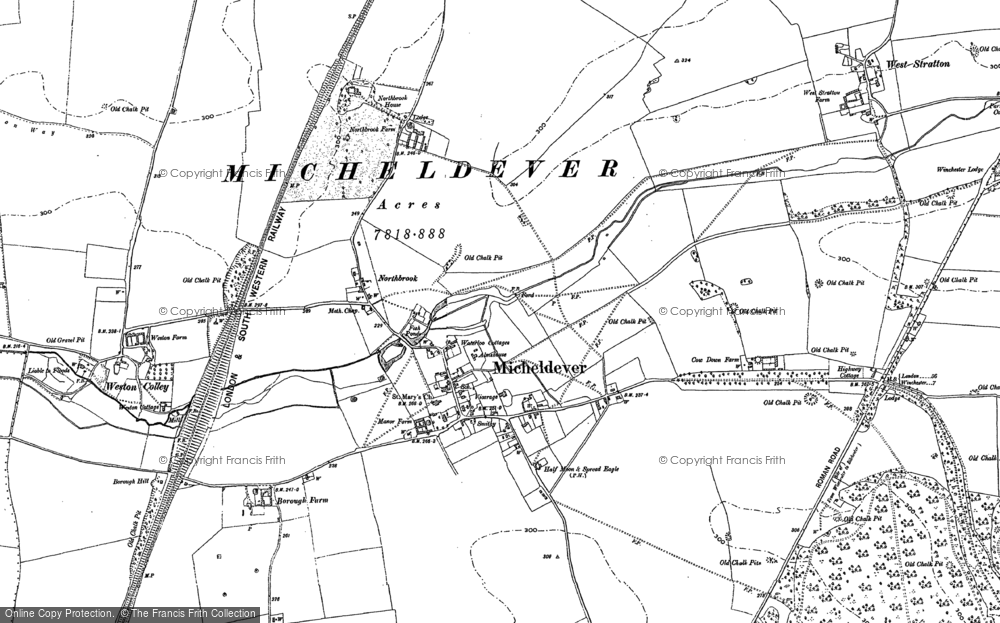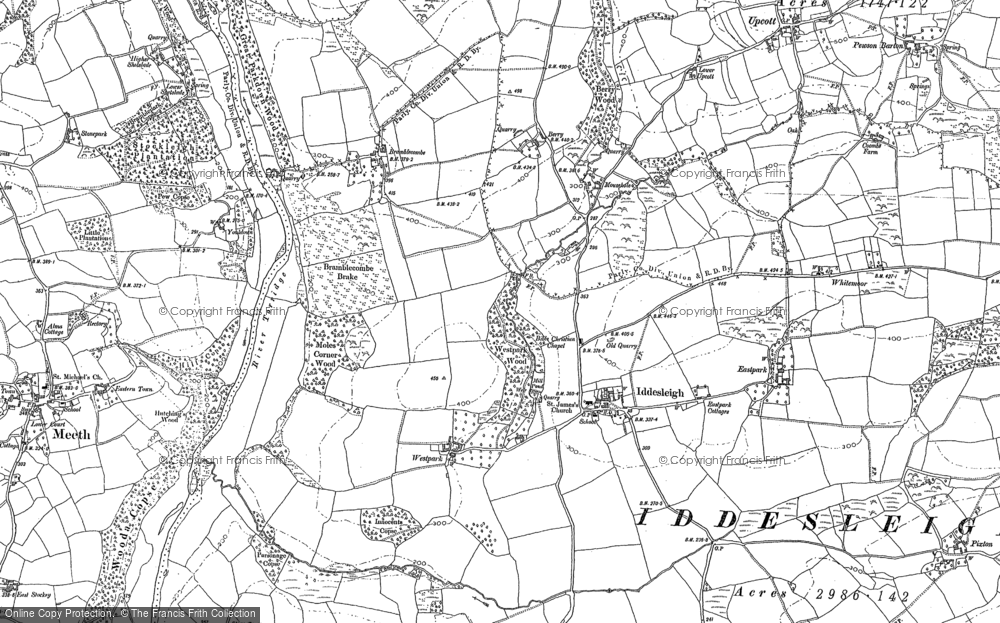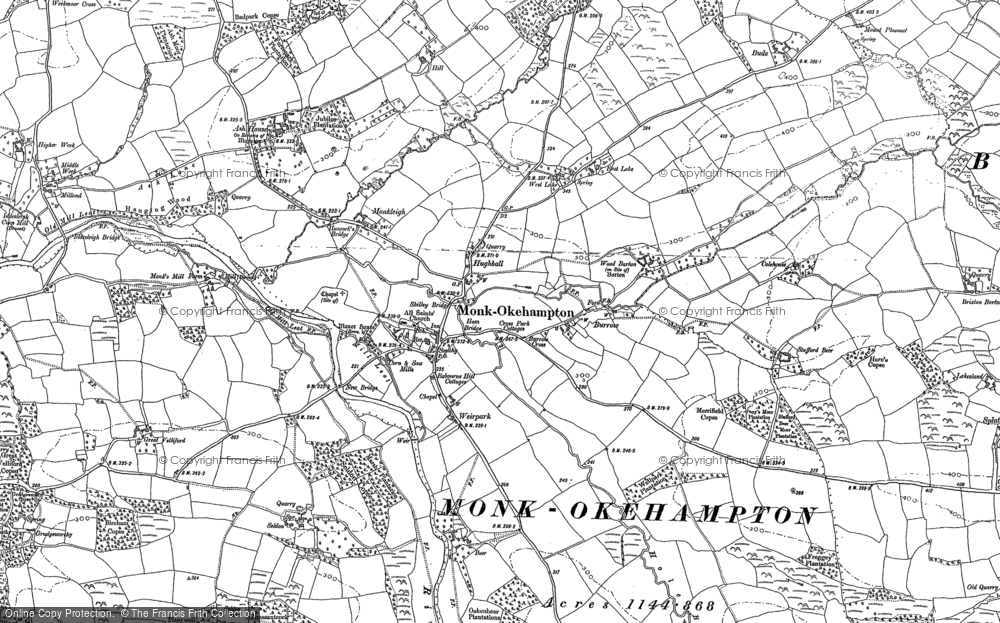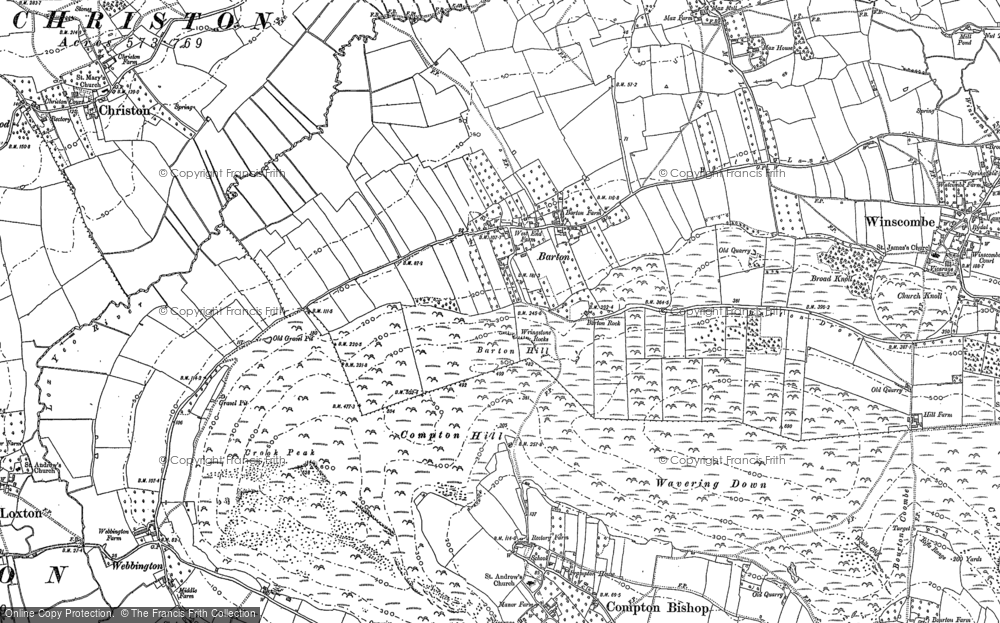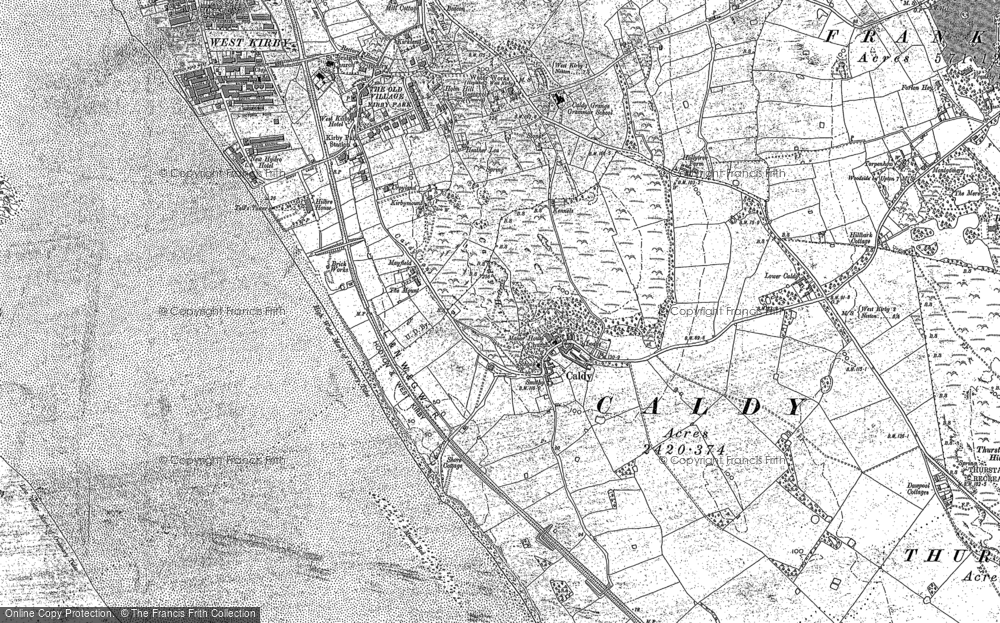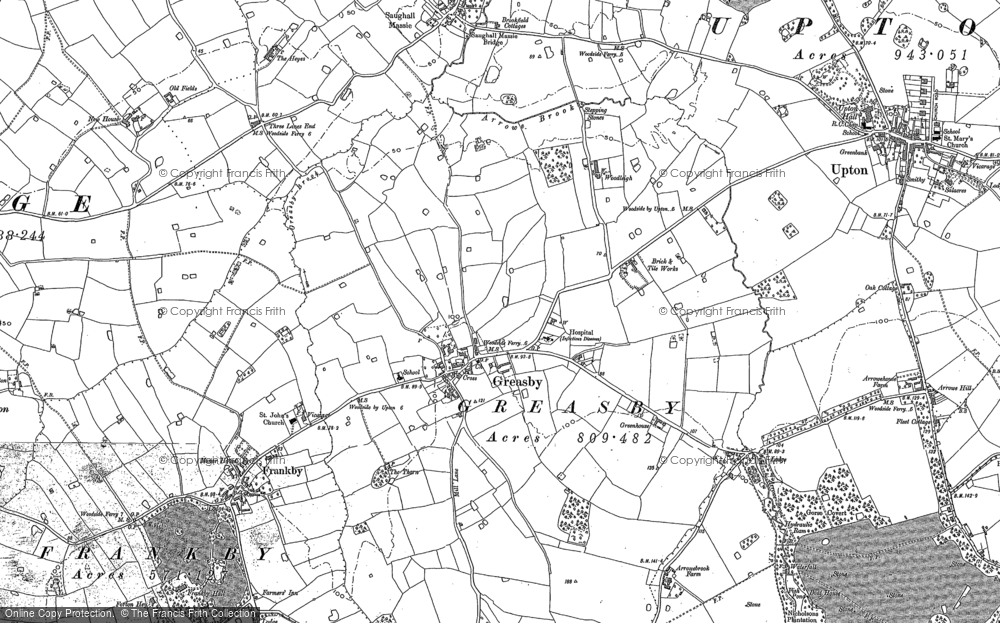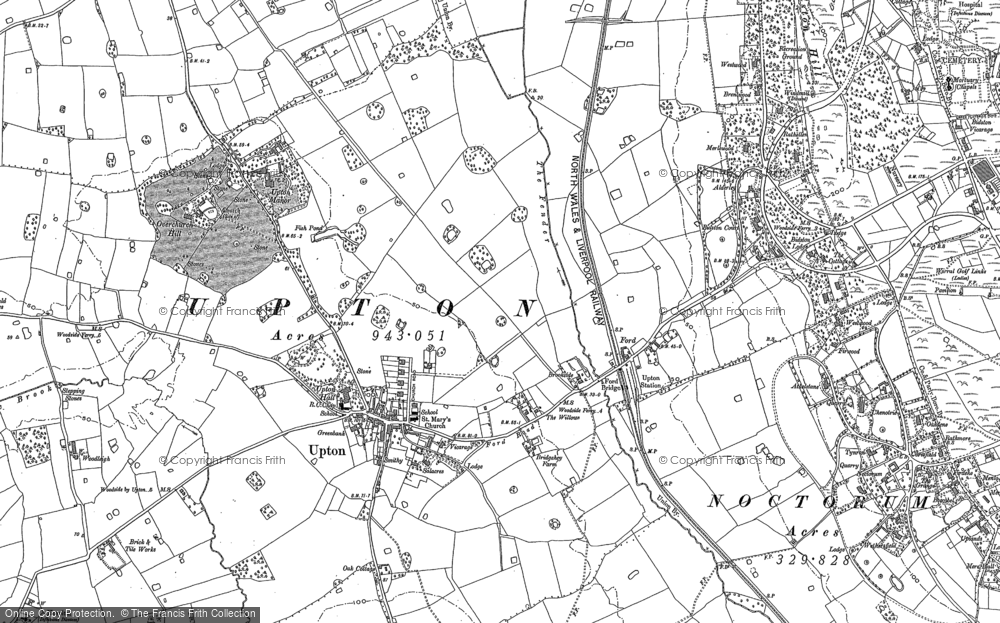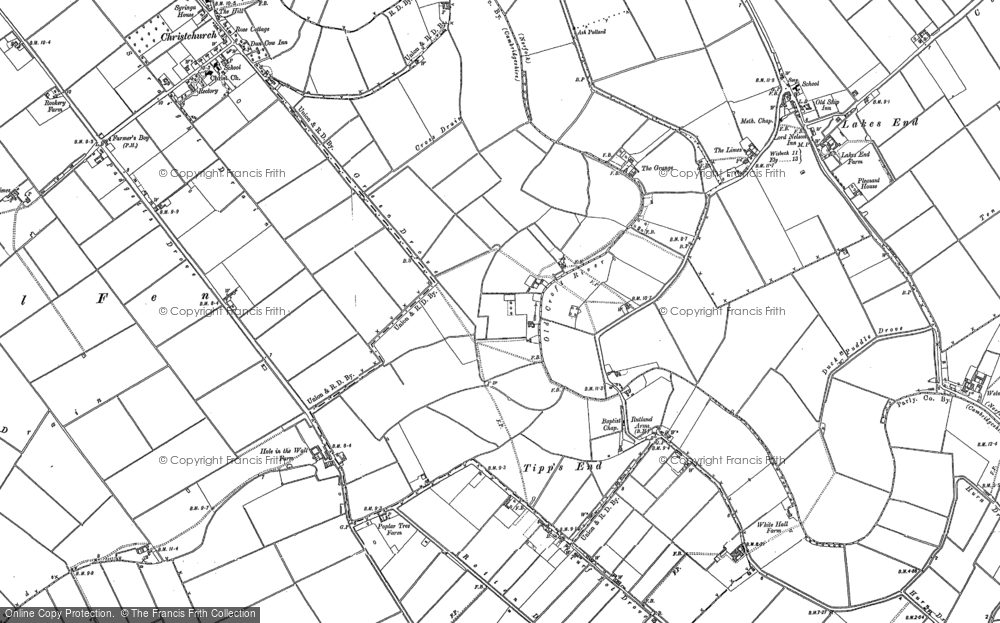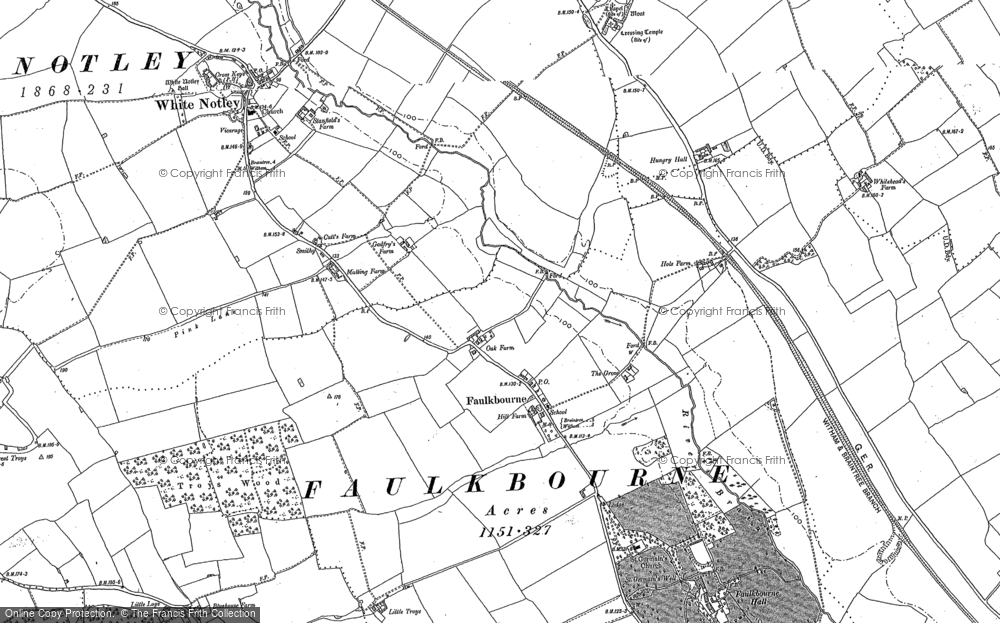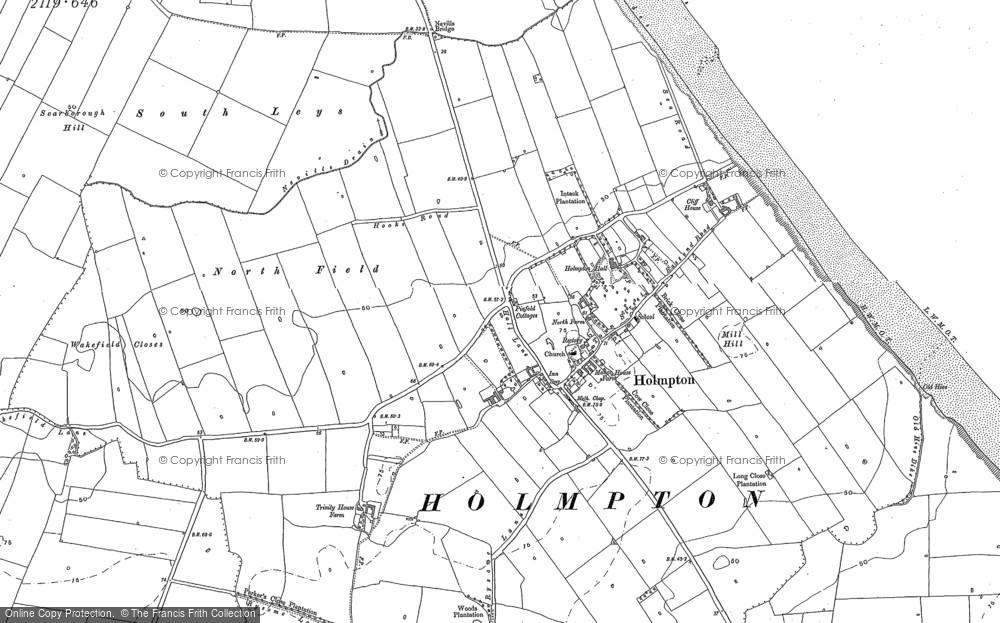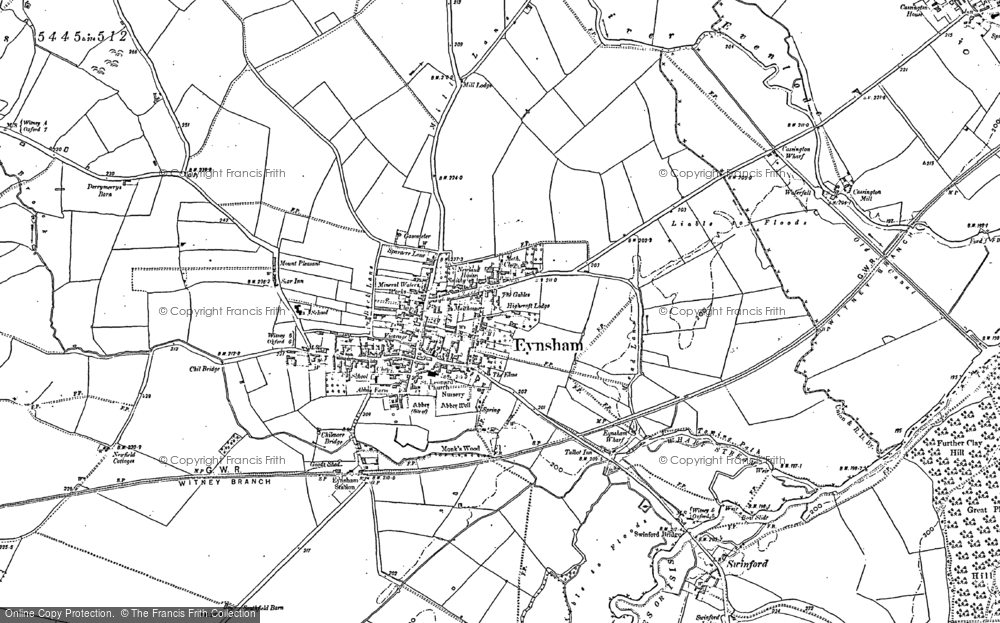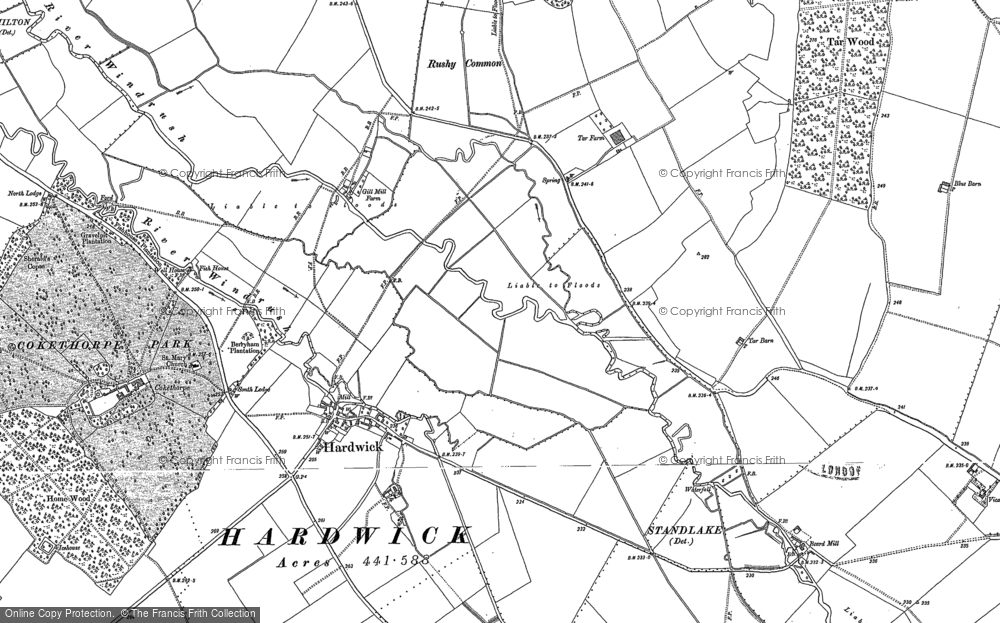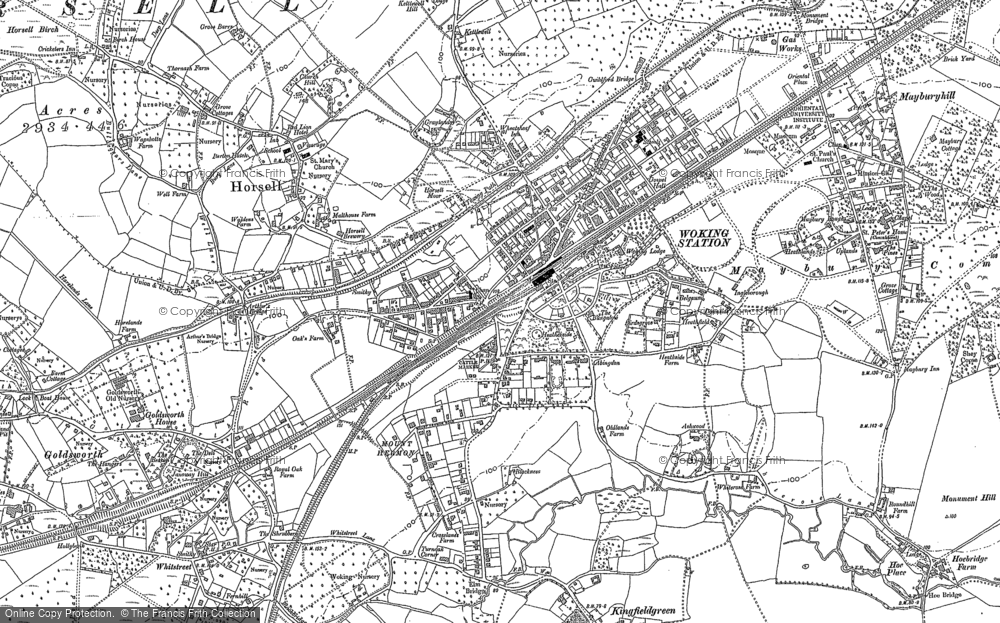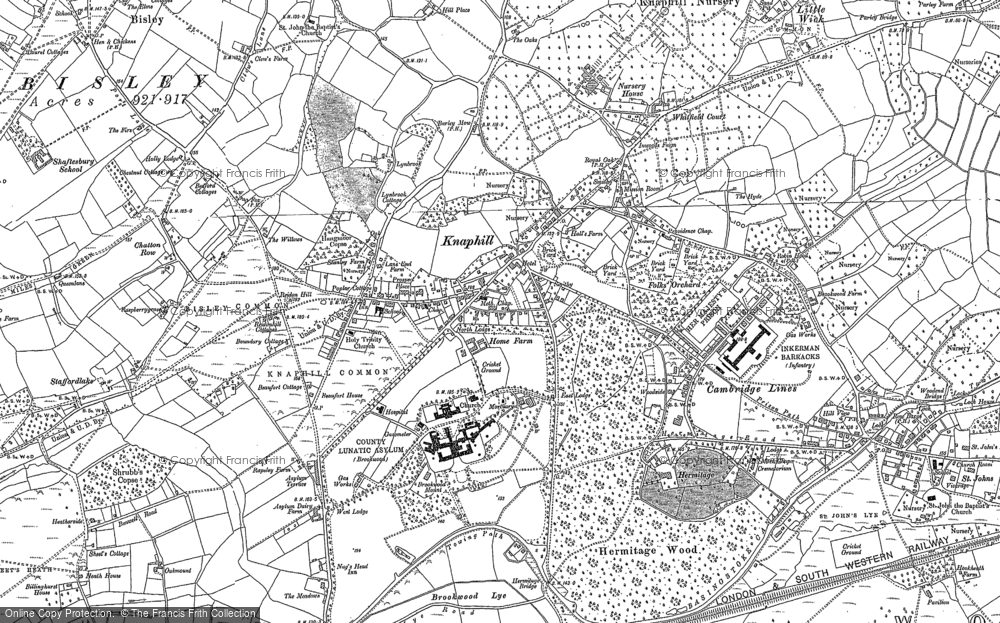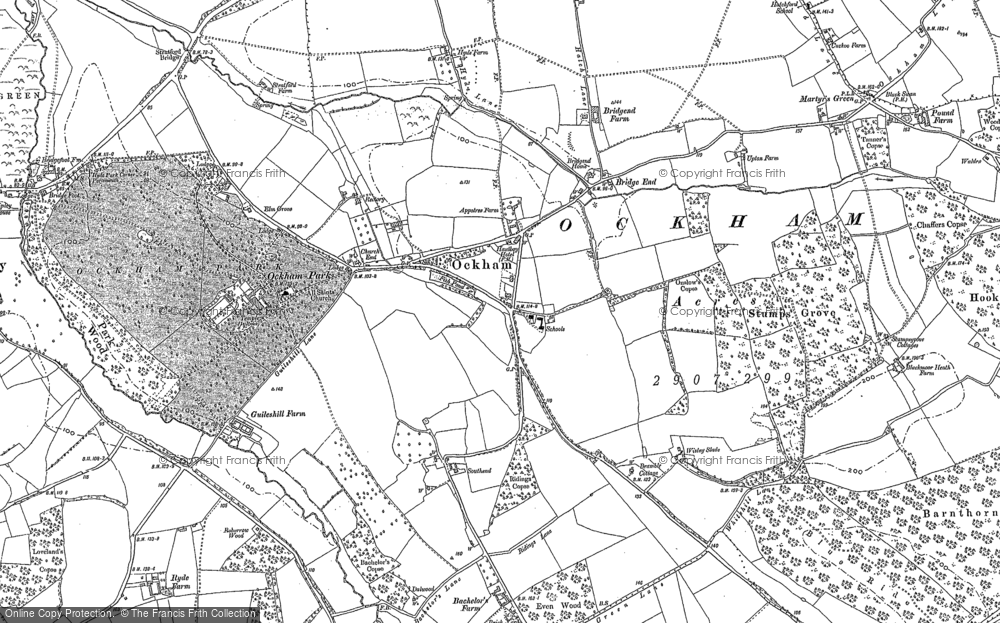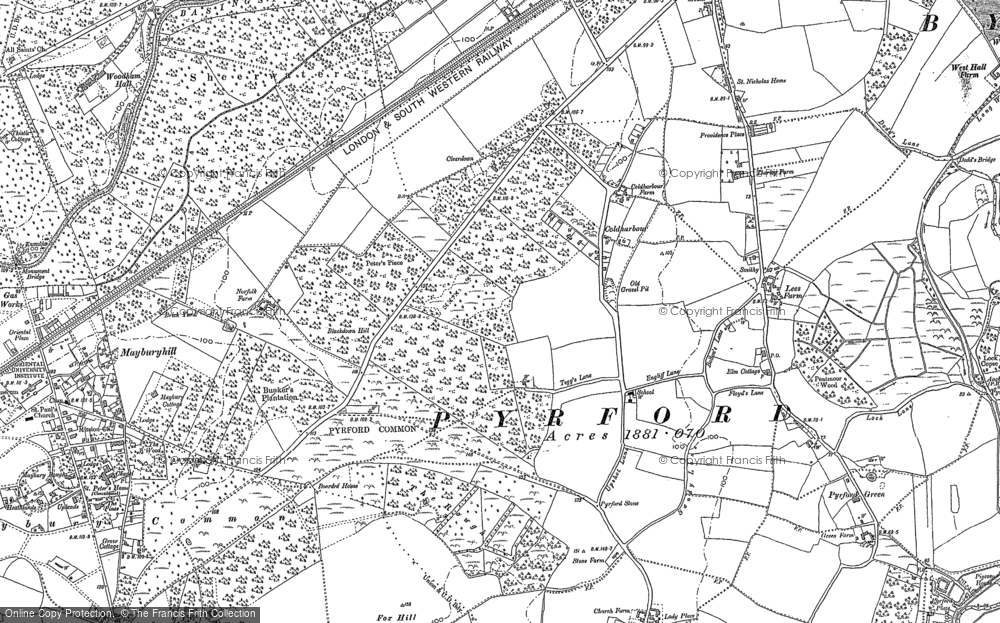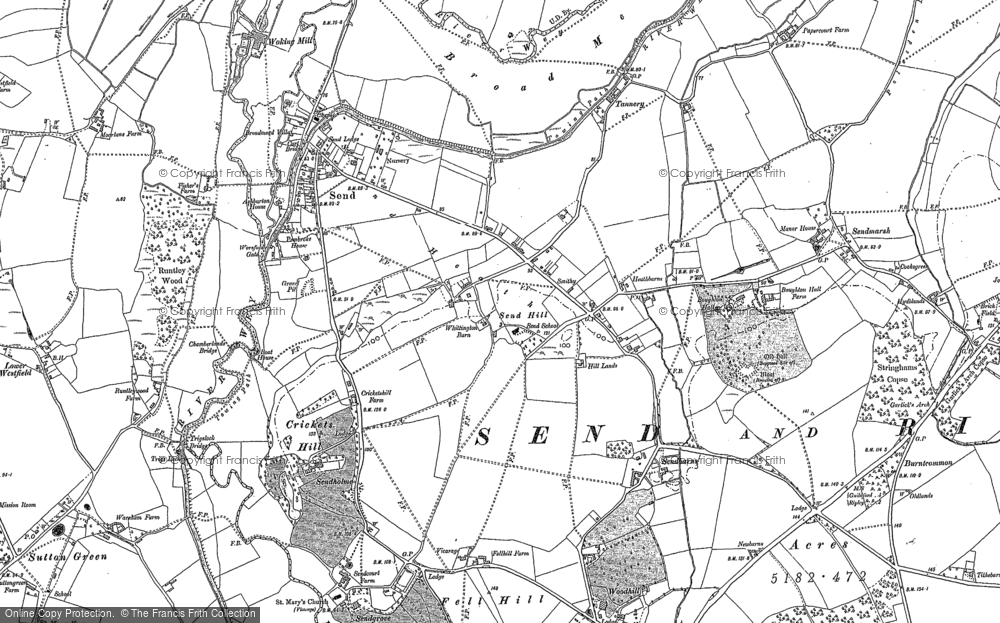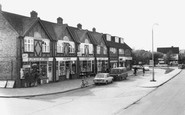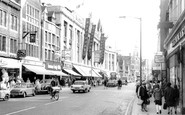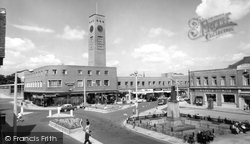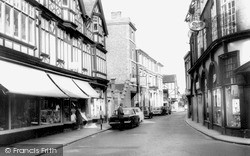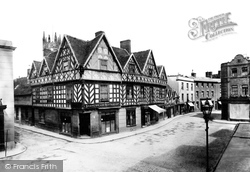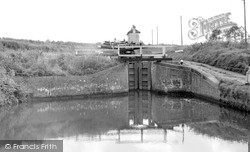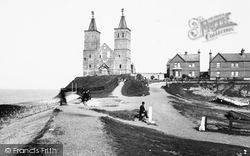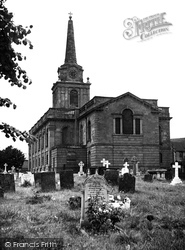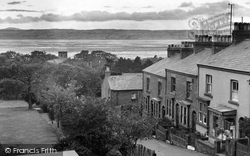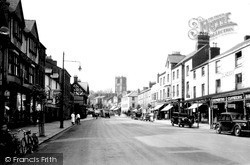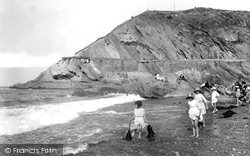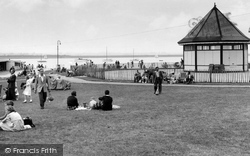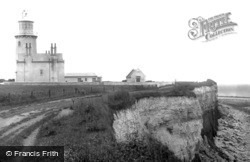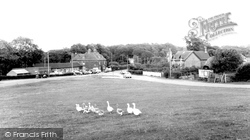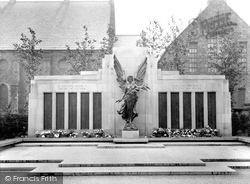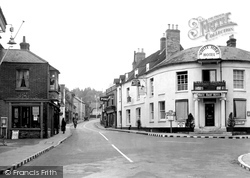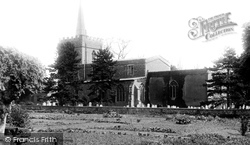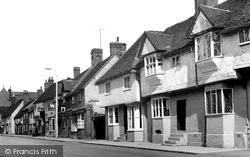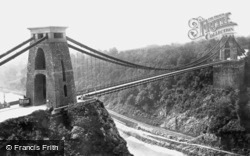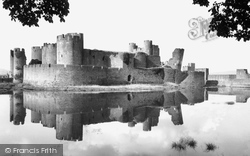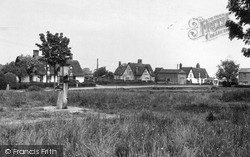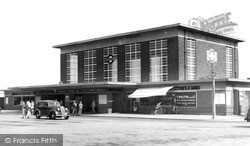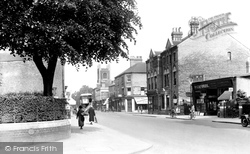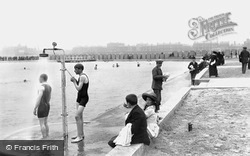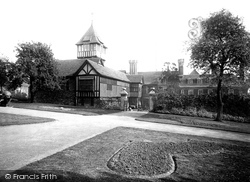Merry Christmas & Happy New Year!
Christmas Deliveries: If you placed an order on or before midday on Friday 19th December for Christmas delivery it was despatched before the Royal Mail or Parcel Force deadline and therefore should be received in time for Christmas. Orders placed after midday on Friday 19th December will be delivered in the New Year.
Please Note: Our offices and factory are now closed until Monday 5th January when we will be pleased to deal with any queries that have arisen during the holiday period.
During the holiday our Gift Cards may still be ordered for any last minute orders and will be sent automatically by email direct to your recipient - see here: Gift Cards
Places
36 places found.
Those places high-lighted have photos. All locations may have maps, books and memories.
- Shanklin, Isle of Wight
- Ventnor, Isle of Wight
- Ryde, Isle of Wight
- Cowes, Isle of Wight
- Sandown, Isle of Wight
- Port of Ness, Western Isles
- London, Greater London
- Cambridge, Cambridgeshire
- Dublin, Republic of Ireland
- Killarney, Republic of Ireland
- Douglas, Isle of Man
- Plymouth, Devon
- Newport, Isle of Wight
- Southwold, Suffolk
- Bristol, Avon
- Lowestoft, Suffolk
- Cromer, Norfolk
- Edinburgh, Lothian
- Maldon, Essex
- Clacton-On-Sea, Essex
- Felixstowe, Suffolk
- Norwich, Norfolk
- Hitchin, Hertfordshire
- Stevenage, Hertfordshire
- Colchester, Essex
- Nottingham, Nottinghamshire
- Bedford, Bedfordshire
- Bury St Edmunds, Suffolk
- Aldeburgh, Suffolk
- St Albans, Hertfordshire
- Hunstanton, Norfolk
- Chelmsford, Essex
- Bishop's Stortford, Hertfordshire
- Peterborough, Cambridgeshire
- Brentwood, Essex
- Glengarriff, Republic of Ireland
Photos
11,145 photos found. Showing results 8,841 to 8,860.
Maps
181,031 maps found.
Books
442 books found. Showing results 10,609 to 10,632.
Memories
29,071 memories found. Showing results 4,421 to 4,430.
Dinas House
I remember as a young girl spending many hours down Dinas lane, if you went all the way down there was an old abandoned house. We used to go there and pick the daffodils and blue bells. I was always taking them home for my mum, ...Read more
A memory of Pentre-bach in 1970 by
War Years Borth Y Gest
I am Anne Keating (nee Drake) and was on holiday at the outbreak of war and stayed there for the duration. My Grannie owned Wendon where Marjorie & Olive were evacuated, I remember them both, we were all about the ...Read more
A memory of Borth-y-Gest in 1940 by
Glebe Avenue Parade Of Shops
..or 1959 to 1964 The other grocers on that parade may have been the DeHond family, I think that they originated in Belgium? A very pleasant, kindly, hardworking family. I used to help out by driving their ...Read more
A memory of Ickenham in 1959 by
Lemington Upon Tyne, Scouting
Scouting Life during the Forties I was born in January 1936 in a large village, Lemington in Northumberland, England. Lemington bordered on the limit of the city of Newcastle upon Tyne. It was a working class ...Read more
A memory of Lemington in 1944 by
Memories When I Was Small.
i lived at 51 wednesfield road oppisite the poplar public house. Ican remember fosters shop i also used to walk up sun street to corn hill were there was a small shop before the wheel public house we bought fish chips ...Read more
A memory of Heath Town in 1960 by
Remembering Three Bridges, As A Boy
I lived in No.29 New Street. I remember playing with Jeff & Billy Kowach, Alfie Manzoli (who lived in the now Barclays Bank), John Denman (also of New Street), Richard Freakes, Graham and Michael ...Read more
A memory of Three Bridges by
The Boathouse
Anybody remember the good days down the the boathouse? The regatta was always a good day, there were about 150 people or more. Crews from all over the north east came to scull. I have a good photo of the boathouse with a lot of the old residents on... now mostly all gone. Let me know your memories.
A memory of Ebchester
Swan & Sugar Loaf & Red Deer Pubs
I lived in Croydon (Howley Road) for 40 years. I remember now & then going to The Gun Tavern in Church Street or The Rose & Crown, also in Church Street. I worked at the Royal Automobile Club HQ in Lansdowne ...Read more
A memory of Croydon by
Maindy And Canada Road In The 1950s/60s
Hello Lyndon, I too have many vivid memories of Maindy and the surrounding area. I was born in 62 Canada Rd in 1945 and lived there until 1967...the so-called summer of love! I was sort of brought up by my ...Read more
A memory of Maindy in 1950 by
Your search returned a large number of results. Please try to refine your search further.
Captions
29,395 captions found. Showing results 10,609 to 10,632.
An idea of the number of people remembered can be gained when we consider that each metal plaque around the statue (just behind the seats where people are sitting) lists the people who died, and
The Lamb Hotel, in the centre of the picture, was built in 1861, and is currently being converted into flats.
Built in the 1630s, this is one of the few timber-framed buildings to have survived the 1694 fire. The travel agent Lunn Poly now occupies the greater part of it.
Silhouetted against the skyline, the south lock- house does not immediately appear to be a part of one of the county's major tourist attractions.
Known as 'The Sisters', the towers are all that remain of St Mary's Church - it was blown up in 1809 to stop it falling into the sea.
The churchyard in Daventry is reportedly one of the largest in the country, but is now closed for burials.
The original village, however, was at the bottom of the hill, centred on the church of St Peter, with the estuary of the Dee beyond.
This is a splendid county town; we see awnings shooting over the shop fronts and a number of cars dotting the kerbs. Bicycles propped up against the curbs predate modern bike racks.
It would be nice to think of this as an early example of disability awareness, but the truth is more prosaic: a level promenade was more likely to attract the infirm and elderly and their carers,
A sign in the river warns of hidden dangers for swimmers and small boats, but ashore there were plenty of safe ways to enjoy a summer's day on this pleasant, green, riverside corridor
Hunstanton's lighthouse was built in 1830, and crowns the chalk clifftop close by the ruins of St Edmund's chapel, where pilgrims offered their prayers and sought the healing powers of the town's efficacious
Not very far from this spot lies the Rufus Stone, which marks the spot where King William Rufus, son of William the Conqueror, was accidentally killed by an arrow shot by Sir Walter Tyrrell while out
A winged angel guards this tribute to the 'Honoured Memory of the Men of Lancaster Who Gave Their Lives in the Great War 1914-18'.
The black and white marks on the kerbstones indicate the junction. This is a small handsome town on the River Test with Georgian buildings that are rendered or red brick.
St Mary's contains a particularly fine group of sculptures, and is renowned for its collection of monumental brasses.
Hitchin Street formed part of the complex of parallel trackways which made up the Icknield Way.
In 1752 William Vick had left some money towards the eventual bridging of the Gorge. It was not until 1829, however, that a competition for a bridge was advertised.
The boathouse on the left was built in 1903. When this photograph was taken, the Reliance Motor Engineering and Yachting Co Ltd occupied the left-hand half of the building.
Here we see the castle after its restoration by the Marquis of Bute. The main residential block, including the great hall, was sited along the south side of the inner curtain wall.
The village pump was possibly introduced to improve water quality after the typhoid epidemics of the late 19th century. We can just see the bright water of the pond.
One stop short of the terminus at Cockfosters, Oakwood Station is one of the jewels along this northern stretch of the Piccadilly line, which also includes Southgate, Arnos Grove and Cockfosters.
In the distance, the tower of St Paul's church peers above the roof of the Globe Hotel. Nearby is the Perse School, established in 1625, and moved here from Free School Lane in 1890.
The open-air bathing pool was a new attraction, opened in time for the long hot summer of 1914.
Maidstone Museum occupies the former home of the Wyatts, Chillington Manor House, a splendid red brick Tudor house.
Places (6814)
Photos (11145)
Memories (29071)
Books (442)
Maps (181031)


